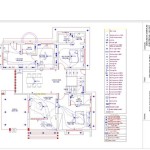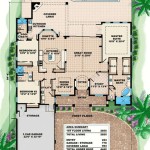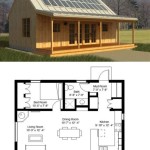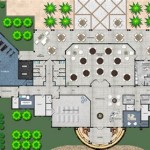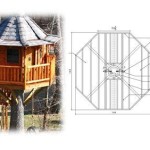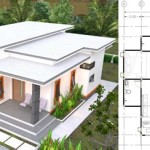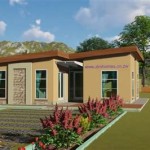Roman Town House Plan: Unveiling the Architecture of Ancient Roman Homes
Roman town houses, known as domus, were elaborate and well-planned residences that reflected the wealth and status of their occupants. They were designed to accommodate the needs of a large household, including extended family members, slaves, and guests.
The typical Roman town house consisted of several key elements:
1. Atrium
The atrium was the central courtyard of the house, serving as a place for family gatherings, receiving guests, and conducting business. It was typically surrounded by a colonnade, with a compluvium (an opening in the roof) that allowed rainwater to collect in an impluvium (a shallow pool on the floor).
2. Tablinum
Adjacent to the atrium, the tablinum was a formal reception room where the master of the house conducted business and received visitors. It often featured a large window overlooking the atrium.
3. Peristylium
The peristylium was another courtyard, usually located at the back of the house, surrounded by columns and often adorned with a fountain or garden. It served as a more private retreat for the family.
4. Cubicula
The cubicula were the bedrooms of the house, ranging in size and decoration depending on their occupants. They were typically located around the atrium and peristylium.
5. Triclinium
The triclinium was the dining room, furnished with three couches (triclinia) arranged around a central table. Guests would recline on these couches while dining.
6. Culina
The culina was the kitchen, typically located in a separate wing of the house. It contained a hearth, oven, and various cooking utensils.
7. Latrina
The latrina was the restroom, typically located in a corner of the house. It was a simple room with a toilet seat and a running water system for sanitation.
8. Other Features
Roman town houses often included additional features such as baths, libraries, and guest rooms. The size and opulence of these features varied depending on the wealth of the owner.
Characteristic Features
Roman town houses were characterized by several unique features that distinguished them from other types of Roman architecture:
*Use of atriums and peristyliums:
These courtyards provided natural light and ventilation, as well as private outdoor spaces. *Inward-facing orientation:
The house was typically designed around the atrium and peristylium, with limited windows on the exterior. *Elaborate decoration:
The walls and floors of the house were often decorated with frescoes, mosaics, and marble. *Efficient layout:
The house was designed to maximize space and provide easy access to different rooms. *Use of hypocausts:
Some houses featured hypocausts, a system of underfloor heating that provided warmth during the winter months.
Roman Domestic Architecture Domus Article Khan Academy

Plan Of A Pompeian House Roman Courtyard Plans Villa

Pin By Rebecca Koch On Ancient Rome Roman Bath House Floor Plans

Discovery Of A Roman Villa Ground Plan In The Valley Gan Near Pau Giclee Print Art Com

Roman Villa House Design Ancient Houses

Roman Houses And Villas

Roman Art And Architecture 4 Domestic

Roman House Layout Villa Ancient Houses

Roman House Model University Of Pennsylvania Museum
Dorchester Roman Town House Ancient Village Or Settlement The Megalithic Portal And Megalith Map

